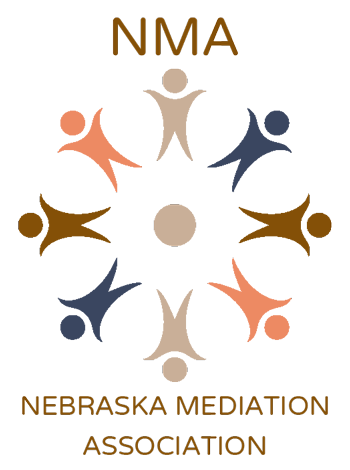It all began in 1965 when the Conciliation Court Act was passed by the Nebraska Legislature. The goal of this Act was to promote the rights of children, and provide amicable settlement of domestic and family controversies. Any mediators acting in Nebraska received their training out-of-state. Then, in 1991, the Dispute Resolution Act was passed, paving the way for mediation to take hold. Mediator ethics and standards began to emerge, and cases began to be referred for mediation. The Parenting Act of 1993 continued the progression, underscoring the role of the parents in determining the best interests of the children, and instituting training requirements for mediators. Since 71% of surveyed divorcing parents state that the adversarial court process escalates the level of conflict and distrust already existing to a further extreme, judges and legislators began to take notice and change the process.
Family mediation became even more enhanced with the passage of Rule 4.3 in the Douglas County District Court, making mediation referrals the norm. This became more of a statewide standard in 2007, when the Parenting Act was passed. The issue of domestic abuse is now being addressed in a more structured manner, since it now appears that one-third of women will be physically assaulted by an intimate partner sometime during adulthood, and ongoing violence takes place in at least 25% of American homes.
Throughout this period, there have been groups through the Nebraska State Bar Association and the Omaha Bar Association which have worked to enhance mediation. With the Uniform Mediation Act being passed in 2003, it is hoped mediation referrals will increase in other types of cases, also.
The Nebraska Mediation Association has its unofficial start in April 2009 when a group of mediators gathered at the end of the Heartland Regional Conference held in Omaha. The group talked about what would be needed in a member association, and set out a rough timeline to achieve the goal of creating the organization. From that beginning, a group of six individuals: Alan Frank, Mary Lee Brock, Kelly Riley, Lynne Timmerman Fees, Debora Brownyard, and Katie Welsh, became the steering committee to get this new group off the ground. Debora Brownyard acted as chair of the steering committee. Over the course of the next year, this steering committee met, via teleconference, e-mail and message boards, to determine appropriate sub-committees:
- Benefits & Activities: Charged with the task of developing a list of perks and activities for association members.
- Budget & Dues: Explore and propose a dues structure as well as a start-up and budget. Investigate possible funding streams.
- Kick-Off Event Planning: Devise plans for a Kick-Off event to celebrate and advertise the launch of the new Nebraska mediator association.
- Membership: Determine the different classes of membership and the requirements for each classification.
- Organizational Structure: Research governance structures for a Nebraska mediator association.
- Website: Develop the purpose and function of the association website.
At that point, an e-mail was sent out to the database of interested mediators, and the steering committee was very encouraged when over 250 mediators responded to the call and served on the sub-committees.
The former Nebraska Mediation Center Association, at the request of the steering committee, voted to merge that group in with the new “Nebraska Mediation Association,” change its name accordingly and even turn its funds over to the new board. The inaugural “lunch and learn” event was set for April 23, 2010, with Arthur Pearlstein from the Werner Institute as speaker. Once again, the steering committee was pleased to have over 100 people register for the event. A new board was elected. Furthermore, over 150 mediators joined the NMA.
Future plans include: enhancing the website, providing discounted materials, providing insurance and continuing education opportunities for members, and instituting an assessment and/or disciplinary arm of the organization.

